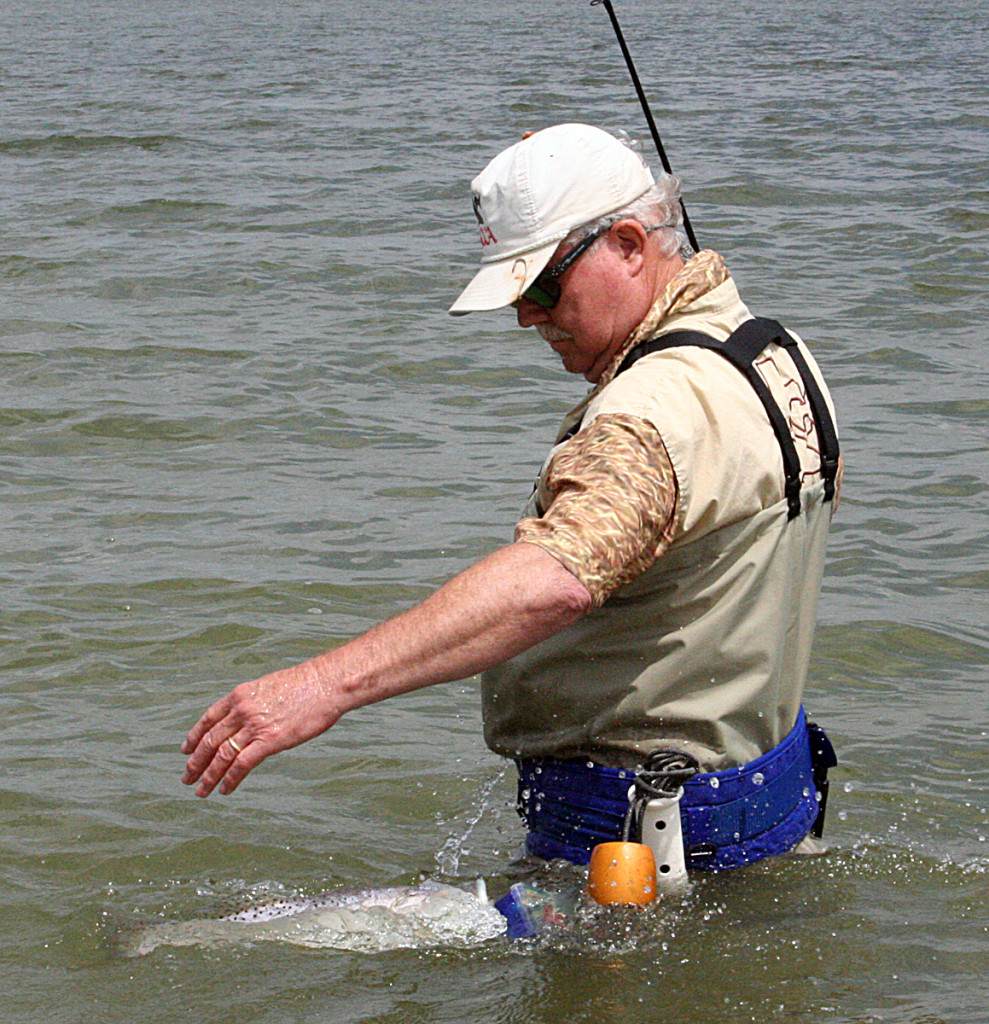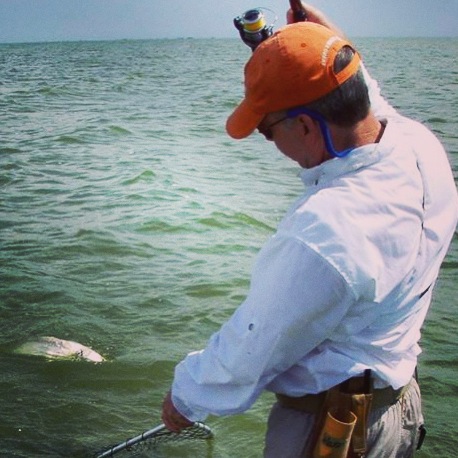The Texas speckled trout bag limit along much of the coast drops to five fish per day beginning Monday, Sept. 1, a move that was hotly debated at multiple public meetings and through online comments.
The Texas Parks & Wildlife Commission in March voted to adopt rules extending the five-fish limit for speckled trout in effect in the Lower Laguna Madre up the coast through the Highway 457 bridge near Sargent. That change includes a five-year sunset date.
The commission also modified an original proposal to change the possession limit on trout in the affected area to twice the daily bag limit.
The speckled trout population as a whole hasn’t been without its own rollercoaster of a ride.
From the days of anglers boxing almost every fish they caught to the implementation of more rigid bag and size limits, the fish’s future always has been tied to the ebb and flow of conservation measures. For the most part, those actions have been successful in aiding recruitment of fish and ensuring what has remained a solid fishery up and down the sprawling coast.
In December 2010, an interesting trickle of news turned into a river of speculation as it was announced that TPWD coastal fisheries division staff would host meetings along the coast to gauge interest and get input on what were termed potential “conservation measures” for speckled trout. Included in that discussion were length limit alterations and the lowering of the daily trout bag limit in places where it currently was 10 to five.

A month later, after multiple meetings, including one in Corpus Christi that had a turnout of more than 100, the agency proclaimed that it would not recommend changes to any speckled trout regulations. The department cited no urgency on biological issues and split reactions to any number of alternatives that were received at public meetings and online.
Speckled trout in Texas by the numbers
Robin Riechers, coastal fisheries division director for TPWD, has previously noted that trout recruitment remained stable or increased in a number of bay systems while angler surveys showed that they continued to be satisfied with their trout fishing pursuits.
As part of their ongoing research, TPWD officials had offered projections on the reductions in trout harvest expected as a result of changing the daily trout limit from 10 fish to five, and those figures showed some interesting trends. This especially is true in regards to guided fishing pursuits in notable Coastal Bend bay systems.
Aransas Bay would see a 9 percent harvest reduction during non-guided trips and a 13 percent reduction from guided trips, according to TPWD projections, while Corpus Christi Bay would see a 3 percent harvest reduction during non-guided trips and a 27 percent reduction from guided trips. The Upper Laguna Madre seemingly would benefit the most from a bag limit change, with a 14 percent harvest reduction during non-guided trips and a 30 percent reduction from guided trips, according to department data.
Coastwide, the halving of the daily bag limit would elicit a 12 percent reduction during non-guided trips and a 22 percent reduction from guided trips, fisheries officials have projected.
According to more data gleaned on the Lower Laguna Madre by TPWD officials, non-guided anglers on average return from a day of fishing with about two trout. Meanwhile, anglers who pay to utilize the services and know-how of fishing guides typically bring home an average of more than twice that. It’s clear that when you fish with someone who spends lots of time on the water you’ll have a bigger impact on the trout population.
In 2007 the TPWD Commission voted to lower the bag and possession limit in the Lower Laguna Madre below Marker 21 in the Landcut to five fish as a result of a downward trend in spawning-age specks, something that ran counter to the increasing populations on the rest of the coast as a whole.
Mark Lingo, TPWD Lower Laguna Madre ecosystem leader, has noted that the decrease in the trout limit hasn’t elicited an increase in numbers either in angler harvest or in TPWD gear, but he said he has observed a significant increase in size of specks there over time. In that regard, it would seem that a standard bag limit would be a good thing.
Kyle Spiller, former TPWD Upper Laguna Madre ecosystem leader, previously noted that fish-killing freezes in the 1980s and a subsequent increase in minimum size limits and a decrease in the bag limit afterward showed that an alteration in regulations can help a fishery recover not just from those types of events but also from overfishing.
Fishing pressure only continues to increase on the Texas coast, which likely fuels most of the worry among concerned biologists and anglers. Hal Osburn, then coastal fisheries division director, noted at a 2003 Commission meeting that the state had seen about a 300 percent growth in guides from two decades prior and those guides accounted for about 40 percent of the million trout annual harvest. He also noted that the ratio of trout larger than 25 inches was declining. Subsequently, the department would go on to implement a 15- to 25-inch slot with anglers only allowed to keep one oversize fish per day while guides were prohibited from keeping their limits on paying trips.
Regardless of the bag limit change, the pursuit for speckled trout in Texas will remain at the forefront of outdoors pursuits — as it should. It just means anglers will have to shift their focus to other species such as redfish and drum, which has spawned its own controversy, among various fishing groups, including guides who stake their livelihood on being able to put paying customers on limits of what ultimately is a public resource.




















[…] bag limit on specks was lowered from 10 fish a day to five across the Middle Coast and Lower Coast back in 2014. In […]